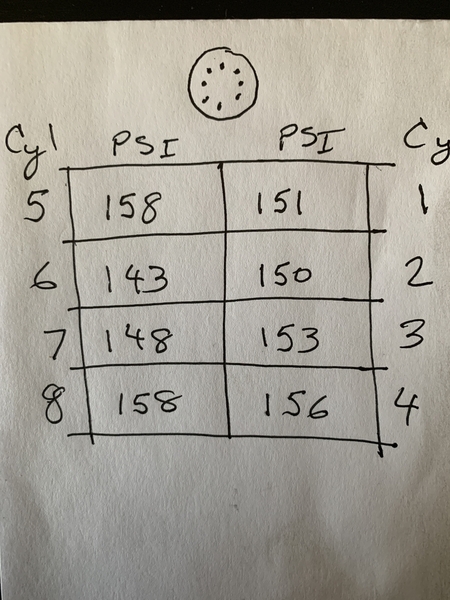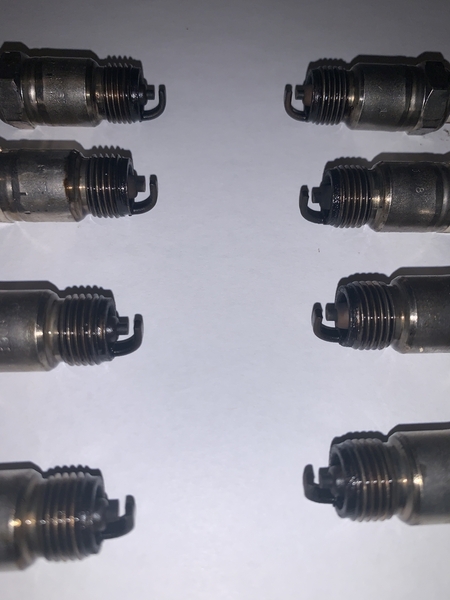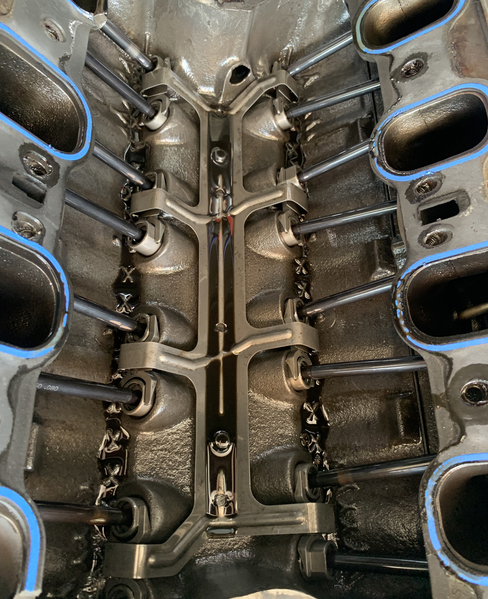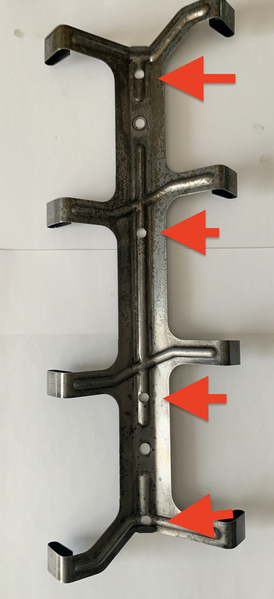On Sunday I took my 74 Pantera out for the day with OC Panteras and put about 100 miles on it with a lot of starts, stops, and a few spirited runs. While it worked well overall, I learned that the car outputs some grey smoke primarily during deceleration. I could not see smoke in the mirrors except one time when I accidentally lugged the car.
The engine has .030 over pistons, a hydraulic roller cam, adjustable roller rockers, big pushrods, and stainless valves. The cylinder heads are open chamber and probably original to the car. I purchased the car with the cylinders heads off due to a blown head gasket. There is no lip at the top of cylinder walls indicating that it does not have high miles since the engine work was done. I took the heads to a shop and they did a complete valve job including new seals prior to reinstalling them.
I am trying to figure out the source of oil that is being burned. Typical sources are worn piston rings, worn valve guides and/or seals, and malfunctioning PCV valve. The inside of the intake manifold is clean which tends to rule out PCV.
Someone suggested a compression test and the results are below. The test was done with the engine warm, all spark plugs removed, throttle wide open, and ignition off.
I appreciate any suggestions from you guys.









